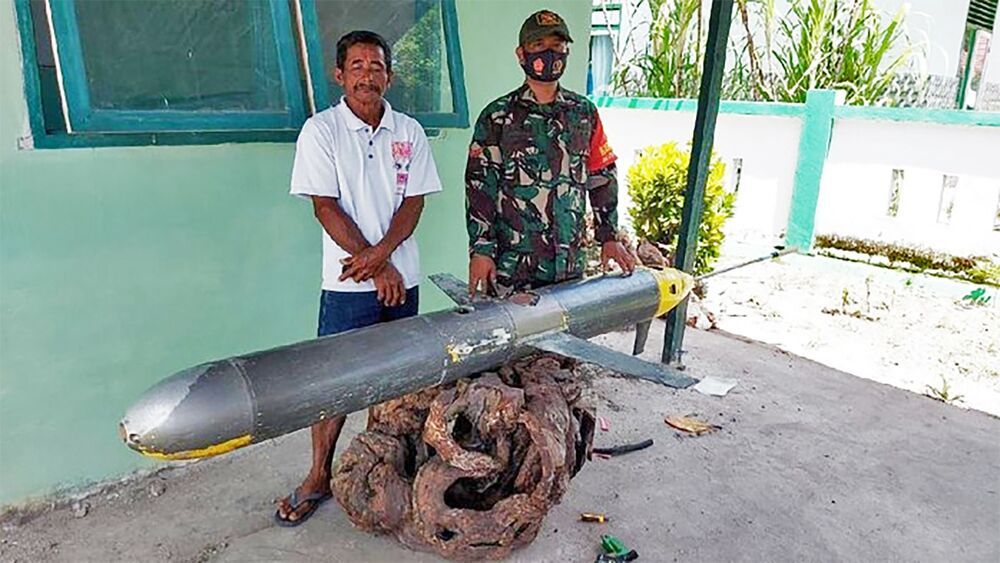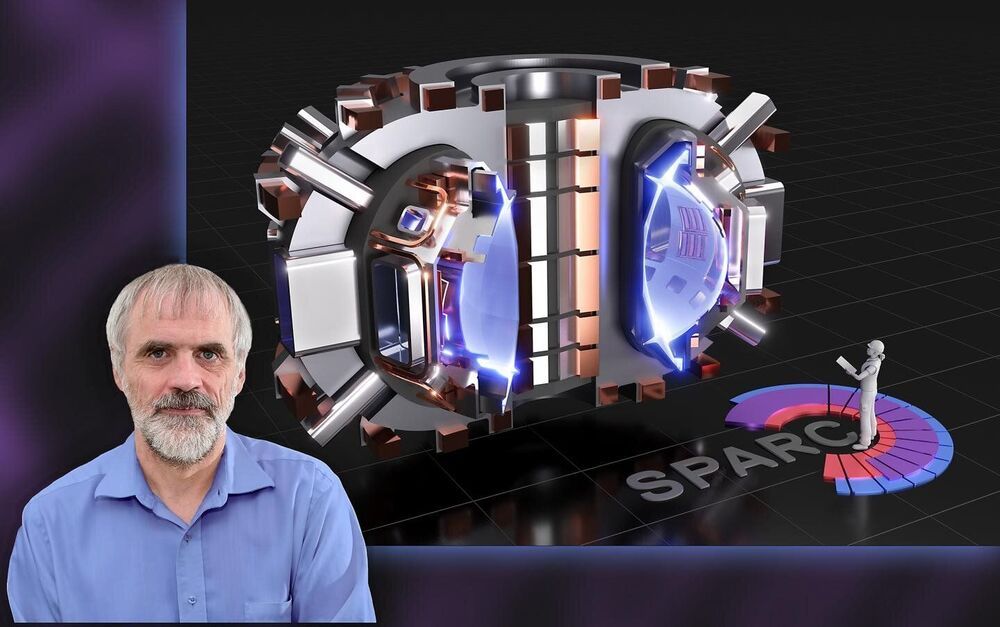Circa 2018
Hot on the latest Uber Elevate summit this month in Los Angeles, Pipistrel planned the unveiling of its electric vertical take-off and landing (eVTOL) aircraft concept to the public.
Circa 2018
Hot on the latest Uber Elevate summit this month in Los Angeles, Pipistrel planned the unveiling of its electric vertical take-off and landing (eVTOL) aircraft concept to the public.


I have to admit, they really sound “alien-like” if you ask me. 😃
Just when we thought octopuses couldn’t be any weirder, it turns out that they and their cephalopod brethren evolve differently from nearly every other organism on the planet.
In a surprising twist, in April 2017 scientists discovered that octopuses, along with some squid and cuttlefish species, routinely edit their RNA (ribonucleic acid) sequences to adapt to their environment.
This is weird because that’s really not how adaptations usually happen in multicellular animals. When an organism changes in some fundamental way, it typically starts with a genetic mutation — a change to the DNA.

A pair of monkeys were able to “see” and recognize individual letter shapes generated by arrays of electrodes implanted in their brains – without using their eyes. Previously, sight-restoring implants were placed in the retina, but these new implants were placed in the visual cortex. They achieved the highest resolution yet for such technology.
The research took place at the Netherlands Institute for Neuroscience (NIN). The scientists wanted to develop a way to restore sight for people whose optic nerves were damaged and couldn’t benefit from retina implants. The team, led by Pieter Roelfsema, created a brain implant made of needle-like electrodes 1.5 millimeters in length. They placed it on the animals’ visual cortex, partially restoring its sight.
The visual cortex is like a cinema screen in our skull, with each area on its surface mapping to the visual field. Placing a patch of electrodes on the surface that activate like pixels will make a person “see” whatever points get activated. For example, if an L-shaped pattern of electrodes in contact with the visual cortex is activated, they will see a pixelated L.


Navigating and mapping rivers has long been a central component in human exploration. Whether it was Powell exploring the Colorado’s canyons or Pizarro using the Amazon to try to find El Dorado, rivers, and our exploration of them, have been extremely important. Now, scientists have mapped out an entirely new, unique river basin. This one happens to be on an entirely different planet, and dried up billions of years ago.
Three to four billion years ago, Mars did in fact have running rivers of water. Evidence for these rivers has shown up in satellite imagery and rover samples for almost as long as we have been exploring the red planet. Since Mars has little tectonics or erosion, that evidence has remained somewhat intact until the present day.
Recently, a team of scientists developed a tool to better examine those features. They managed to stitch together an 8-trillion pixel image of the entire Martian surface. Each pixel in this incredibly detailed image represents about a 5–6 square meter area. Unfortunately, it also doesn’t seem to available to the general public just year. Whether it is or not it is sure to prove useful for a variety of research projects regarding the environment of Mars. One of the first ones, which was recently published a paper in Geology was a map of the red planet’s river “ridges”.



The U.S. Department of Energy’s (DOE) Princeton Plasma Physics Laboratory (PPPL) is collaborating with private industry on cutting-edge fusion research aimed at achieving commercial fusion energy. This work, enabled through a public-private DOE grant program, supports efforts to develop high-performance fusion grade plasmas. In one such project PPPL is working in coordination with MIT’s Plasma Science and Fusion Center (PSFC) and Commonwealth Fusion Systems, a start-up spun out of MIT that is developing a tokamak fusion device called “SPARC.”
The goal of the project is to predict the leakage of fast “alpha” particles produced during the fusion reactions in SPARC, given the size and potential misalignments of the superconducting magnets that confine the plasma. These particles can create a largely self-heated or “burning plasma” that fuels fusion reactions. Development of burning plasma is a major scientific goal for fusion energy research. However, leakage of alpha particles could slow or halt the production of fusion energy and damage the interior of the SPARC facility.